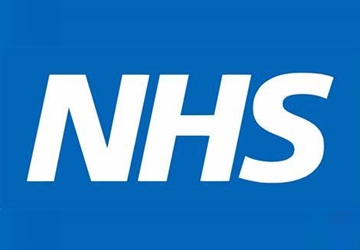At 2.6%, the inflation rate is nowhere near the double-digit highs we saw in 2022 but it is still above target and is likely to stay above target because of decisions made by the government.
In her October budget, the chancellor unveiled a big increase in public spending, which will boost demand in the economy, as well as a slew of tax rises on businesses that are likely to be passed on to customers.
In response, economists revised up their inflation forecasts, meaning the headline rate will stay above target for longer. Some city analysts are now predicting the index will hit 3.1% in April.
Money latest: What inflation figure means for you
Again, this is a world away from where we were, but it is worth bearing in mind that we are still reeling from the events of the past few years.
While the inflation rate has come down, the price level is still high – prices have not come down.
In fact, they are more than 20% higher than they were in 2021.
Wages have been rising but not by enough. On average they are lower, in real terms, than they were in 2021.
The government may be confident that inflation won’t get out of control but, if it does, we have less space to absorb price increases because we are poorer this time round.
The forecasts say inflation will fall back to target, but if the last few years have taught us anything, it’s that inflation can be temperamental and stubborn, quickly moving against us.
What about interest rates?
The headline rate has already climbed above the Bank of England‘s most recent projections.
This means that interest rates will also come down more slowly than initially thought. The Bank is likely to hold rates at 4.75% on Thursday.
Above-target inflation and wage growth mean the Bank’s monetary policy committee will likely take a cautious approach.
Considering the economy is flatlining at best and could really do with a boost, it’s a dismal trade-off.






























